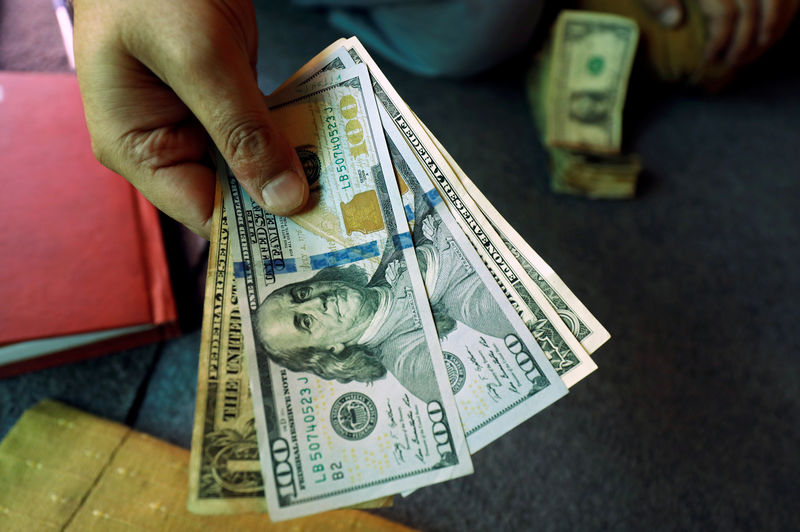By Gina Lee
Investing.com – The dollar was up on Wednesday morning in Asia, with investors digesting economic data from China as well as the presidential debate between U.S. President Donald Trump and Democrat Joe Biden.
The U.S. Dollar Index that tracks the greenback against a basket of other currencies inched up 0.05% to 93.977 by 12:53 AM ET (4:53 AM GMT). However, gains were capped by month and quarter-end currency flows.
The debate, the first of three scheduled in the run-up to the presidential election on Nov. 3, saw Trump and Biden chaotically debate issues such as Trump’s leadership, the COVID-19 pandemic, the economy, and taxes.
But investors could not decide on a winner, with neither candidate scoring a decisive advantage.
“It’s like as if they are both just insulting each other. There is not much impact on the markets,” J.P. Morgan head of Japan market research Tohru Sasaki told Reuters.
Investors are also focusing on the U.S. Congress’ progress towards passing the latest $2.2 trillion fiscal stimulus bill proposed by Democrats on Monday, after U.S. House of Representatives Speaker Nancy Pelosi said on Tuesday that a deal with the Trump White House could be possible by this week, with further talks scheduled with Treasury Secretary Steve Mnuchin later in the day.
However, some investors were not optimistic that the bill would be passed by Congress in its current form.
“We believe it is unlikely the stimulus bill progress in its current form. The House Democrats stimulus bill is more than $1 trillion above what key Republican policymakers are willing to consider … the U.S. economic recovery is at risk without more fiscal stimulus and as a result, USD is vulnerable to additional upside in the short term,” Commonwealth Bank of Australia (OTC:CMWAY) currency analyst Kim Mundy said in a note.
The USD/JPY pair edged down 0.12% to 105.52.
The USD/CNY pair inched down 0.05% to 6.8119. Chinese purchasing managers indexes (PMIs) for September, released earlier in the day, stayed above the 50-mark separating growth from contraction and showed the Chinese economy’s continued recovery from COVID-19's impact.
Although the manufacturing PMI was 51.5, beating the forecast 51.2 and August’s 51 readings and the non-manufacturing PMI was 55.9 against August’s 55.2, the Caixin manufacturing PMI of 53 was slightly under the forecast 53.1 and August’s 53.1 figures.
The AUD/USD pair edged down 0.13% to 0.7117, while the NZD/USD pair inched up 0.03% to 0.6588, with an ANZ Bank survey showing that New Zealand business sentiment improved in September as COVID-19 numbers in the country remain low.
The GBP/USD pair edged down 0.17% to 1.2839. Although the pound initially saw gains as hopes for a Brexit deal with the European Union (EU) rose on Tuesday, the gains reversed on Bank of England governor Andrew Bailey’s stated openness to introducing negative interest rates if needed.
